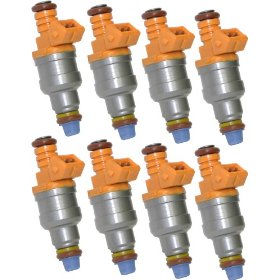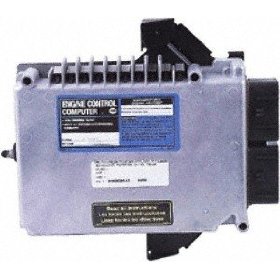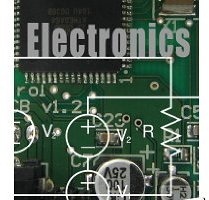Modern Automotive Electronics

As automotive electronics continue to advance the car becomes increasingly complicated. As new technologies are uploaded they are unfortunately tested on the automotive consumer.
Problems with the systems are noted and upgraded on future models.
This is why a basic understanding of what types of electronic systems are installed on your vehicle is valuable knowledge.
An example of this situation would be when fuel injection hit the mainstream in the early 1980s.
Rough running engines and drivability concerns were often turned into small profit centers known as fuel injection cleaning services.
Later these early fuel injectors were often replaced and updated by more efficient units. This is why an understanding of electronics is a must for all automotive mechanics but is also helpful for automotive consumers.
Types of automotive electronics

Computers and electronic devices are used to control the engine and its support systems. Because of these controls today’s automobiles use less fuel and have higher performance.
These electronically controlled engines also have lower tailpipe emissions and are better for the environment then cars of the past.
Automotive electronics are also used in modern transmissions to activate shifting to again provide the right amount of power coupled with the maximum amount of fuel economy.
A little known fact is that about 75% of all function on modern-day vehicles is controlled by electronics. An example would be antilock braking systems.
These were once optional on vehicles of the early 90s. But now have become standard equipment. They have branched this system out to also control active suspension systems as well as traction control systems.
Some very cool technology is not very far down the road. Things like intelligent cruise control that uses infrared or radar technology will automatically knock the cruise off as you approach the vehicle in front of you.
Also an interesting development has been the use of headlights that are movable and now allow for your headlights to do a better job of illuminating the road ahead on twisting and turning roadways.
Why so much automotive technology

There are more than a handful of reasons for increasing the amount of electronics on today’s cars. First of all electricity moves at the speed of light. This means that systems can be monitored and their output controls operated very quickly.
Electronic components are also very light in weight reducing vehicle weight provides two advantages which would be increased performance at the same time as increasing fuel mileage.
Right now we are only limited by the creativity of the designers that work for the automotive manufacturers.
As these new systems are deployed the auto repair business must adapt and grow with the new technology.
Vehicle owners must also not only learn how to use these new systems but become educated on the possible costs involved with repairing them.
If you talk to an auto mechanic about these new technologies most will recommend that you wait until all of the bugs are worked out of them.
Ask questions when you purchase a car about the systems that are on board. Ask even more questions about how long these new technologies have been on the market and the reliability of them.
Avoiding high tech automotive technology that doesn’t have a proven track record or has not been out on the market long can save you a lot of headaches.
Basically what I’m saying is let someone else test and improve these automotive electronics before you get your hands on them. Also get some basic education on automotive electricity.

